Fleas require heat and humidity to survive. Because of this, flea infestations are most common in the spring or summer. Everyone has heard that heat kills fleas, but is this true? Do Fleas die in the heat?
Yes, extreme heat will disturb and kill fleas at any stage, whether large, petite, young, or elderly. When temperatures exceed 95°F, fleas will often die within two days, though there may be rare outliers depending on relative humidity.
Fleas cannot thrive outdoors in the summer heat if the temperature is 95°F or above for more than 2 days each month. For additional information, read the entire article.
At What Temperature Do Fleas Die?
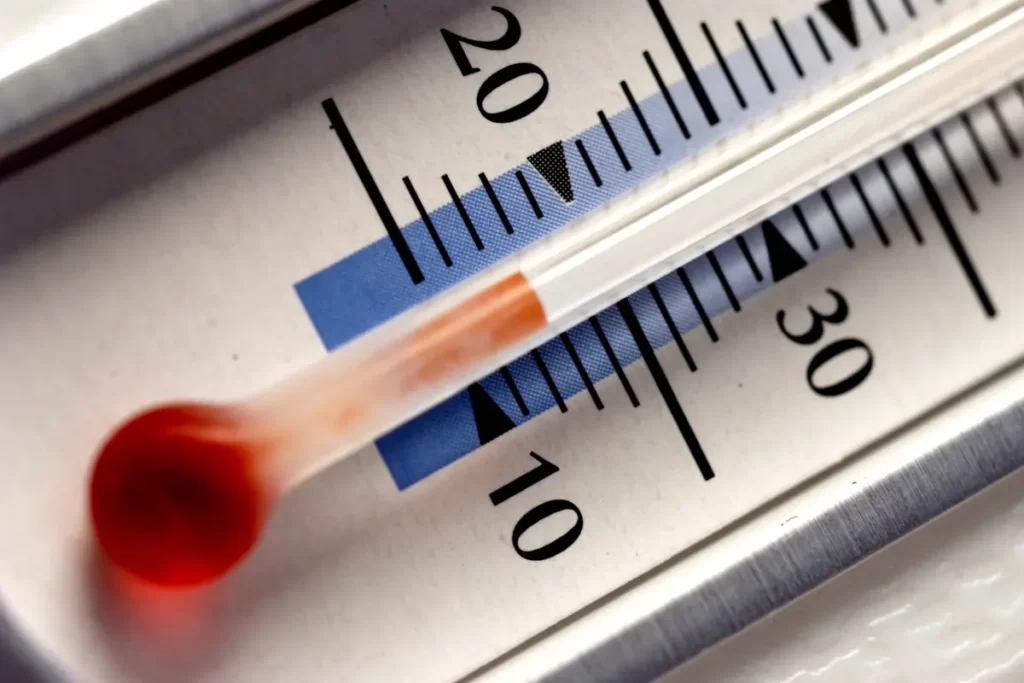
Fleas cannot survive both cold and hot temperatures. At temperatures below 8°C and above 35°C, fleas die. The winter’s below-freezing temperatures kill fleas that live outdoors.
Fleas survive in temperatures between 70 and 85 °F and die in warm regions. Unfortunately, they can also survive a far wider variety of temperatures. Adult fleas are unable to stay in locations that get below freezing.
Adult fleas will die considerably more quickly in below-freezing temperatures within 5 days of exposure at -1°C. Conversely, when temperatures exceed 35°C, fleas will often die within two days, with some outliers based on relative humidity.
Even though the average temperature is significantly lower, fleas cannot survive outside during the hot summer months if the temperature surpasses 95°F for more than 40 hours per month.
Can Fleas Die In A Hot Car?
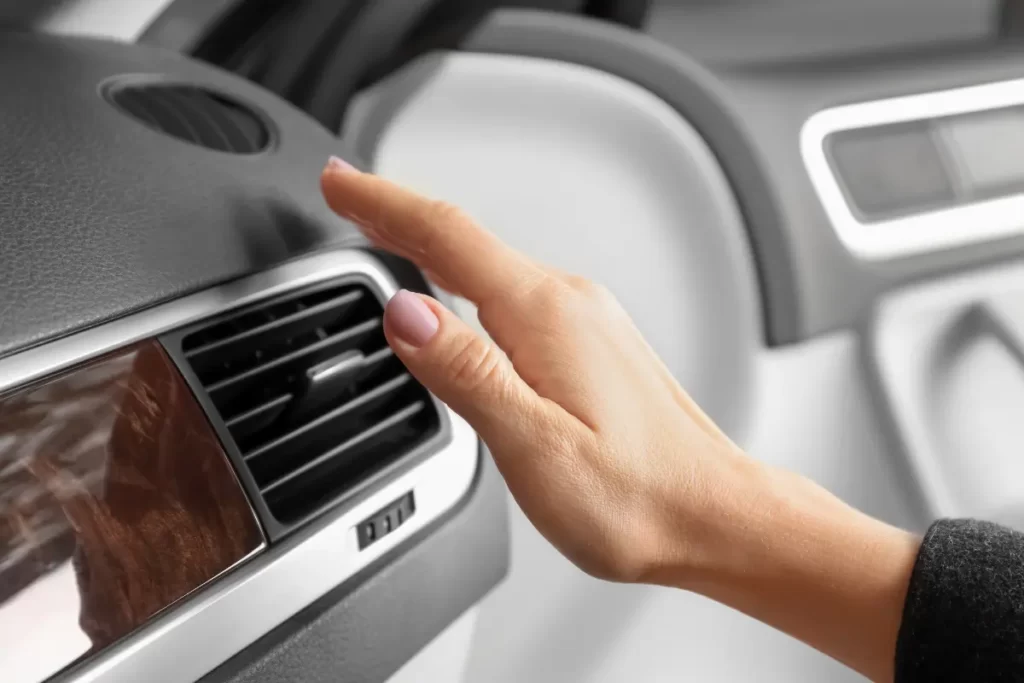
Yes, leaving the car in direct sunlight should kill the fleas. No life forms of fleas can survive if the temperature inside the vehicle exceeds 100°F. Fleas cannot survive in a hot automobile, and if the windows are open for 3–6 hours at 85°F, they will die.
Most of the time, this occurs while an automobile is parked in the sun’s heat. They will die more quickly as the temperature rises. Although some flea species can survive slightly colder temperatures, temperatures exceeding 35 °C are fatal to fleas.
Depending on the season and location, fleas will survive or die in a hot automobile because these variables affect temperature. While parked cars quickly warm up in the sun, fleas don’t begin to die until the temperature reaches above 35 °C.
Do Fleas Die In The Summer Heat?
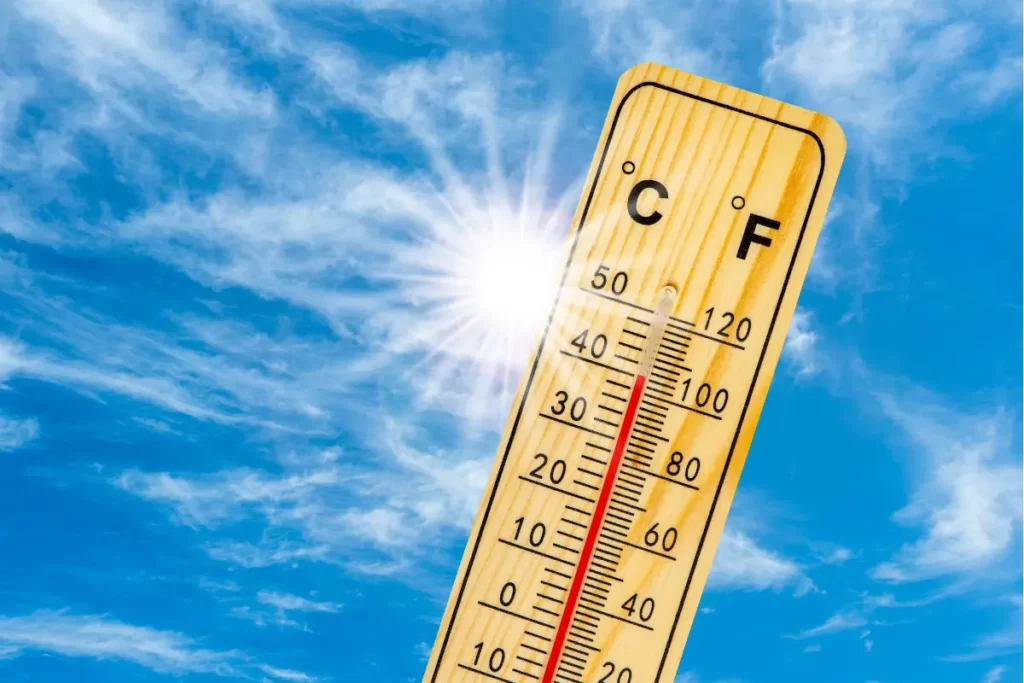
Yes, the summer heat does kill fleas. Since they cannot withstand the heat for extended periods, fleas prefer habitats with shade. In the summer, when temperatures are above 95°F, fleas die.
When exposed to a sweltering summer, flea eggs and larvae will dry out and die. Because they were poorly covered and prone to drying out, flea eggs and larvae exposed to the sunlight will dry up and perish.
Fleas will die in warm climates in enclosed spaces like RVs, automobiles, and dog houses. Flea life cycles are disturbed by extreme heat. Outdoor fleas cannot survive in the summer amid low humidity and scorching temperatures lasting more than a few days.
Do Fleas Survive In The Heat?
Fleas cannot survive in scorching temperatures; they require humidity and heat. Most flea infestations happen in the summer or spring because of heat and moisture, but a flea can only withstand limited heat.
Fleas and their eggs will perish in sweltering temperatures. If the temperature rises, fleas will die. Fleas will be disrupted and killed at any stage, whether large, petite, young, or old, by extremely high temperatures.
At temperatures higher than 35 °C, fleas will die. If the temperature is 95 degrees or above for an extended period in a single month, outdoor fleas frequently perish. Over 103 degrees Fahrenheit is too hot for flea larvae to endure for more than an hour. Fleas, therefore, cannot survive in hot weather.
[4] Ways To Kill Fleas With Heat
To kill all the fleas and flea eggs in your home with heat, you’ll need to utilize numerous methods to treat each region of your home.
Steamers
Steamers of the best quality can heat up to 200 degrees or more. The fleas and their eggs can be killed at this temperature. You’ll need to take care of every part of your home using different techniques to heat-kill all the fleas and flea eggs there.
Test the steamer in hidden places first because too high temperatures might harm surfaces. Steamers of the highest caliber can achieve temperatures of 200 degrees or higher. Fleas and their eggs can be effectively killed at this temperature.
Drying And Washing
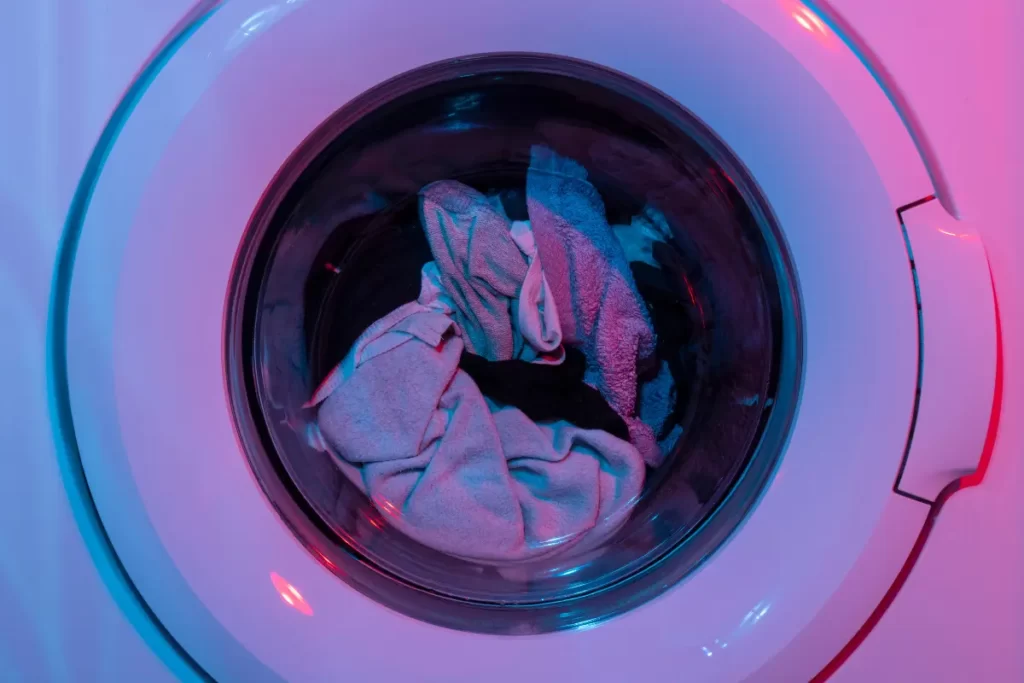
You probably have a washer and dryer in your home, which is one of the simplest and most convenient ways to get rid of fleas. Using diluted bleach, Dawn soapy water, or your preferred detergent, wash your fabric items at the highest temperature for the longest time possible.
Fleas are effectively killed by the combination of hot water and detergent. Fleas will struggle to survive the high temperature, and the detergent’s surfactants will help drown them. Move your goods straight to the dryer when the wash cycle is finished. Once more, set the dryer cycle to the highest temperature and leave it running for at least 30 minutes.
Sunlight
The easiest strategy to combat fleas with heat is to make an effort to give your home as much direct light as you can. Where fleas are hiding, direct sunshine raises the temperature and lowers the humidity. High temperatures and low humidity are excellent at creating an uninhabitable environment for fleas.
Keep shrubs to a minimum or remove them to ensure that your soil dries up and receives enough direct light to reduce flea infestations. Frequently cut your grass as well. Fleas can’t utilize it as a cover and source of shade if it isn’t allowed to grow too long.
Bug Heaters
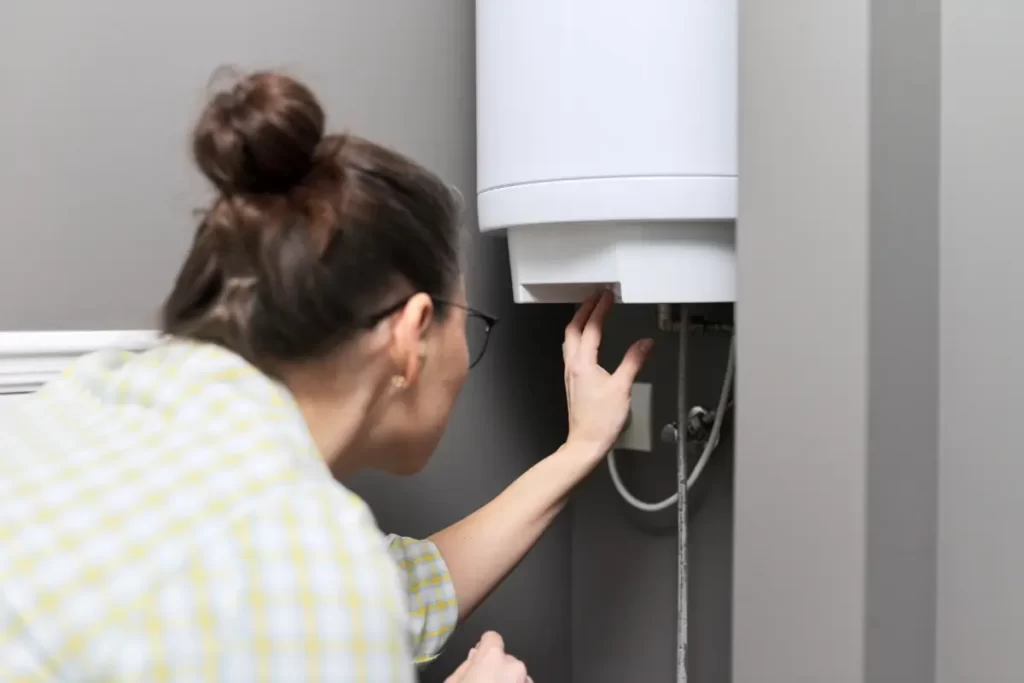
A temperature of at least 120 degrees is necessary to eliminate bed bugs. Additionally, fleas and their eggs can be killed at this level. Different sizes of bed bug heaters are available to fit almost any object in your house.
The bed bug heater needs to run for several hours after you put something inside it to get rid of the bugs completely. The heater’s high temperature and dry environment are why it functions so well. The bed insect heater will effectively treat any item placed inside of it, but it won’t treat the carpet or any other nearby surfaces.
Conclusion
Fleas prefer temperatures between 70 and 85 degrees Fahrenheit, where they can grow in warm settings. Unfortunately, they can also survive a far wider variety of temperatures. Adult fleas are unable to stay in locations that get below freezing.
High heat and dehydration are sensitive to all flea life cycles. Fleas cannot survive extended exposure to temperatures higher than 95 degrees Fahrenheit.
Outside fleas cannot survive in hot locations with low humidity where the temperature stays above 95 degrees for more than a few days. Unfortunately, it is impossible to change the climate.
References
Kreppel KS, Telfer S, Rajerison M, Morse A, Baylis M. Effect of temperature and relative humidity on the development times and survival of Synopsyllus fonquerniei and Xenopsylla cheopis, the flea vectors of plague in Madagascar. Parasit Vectors. 2016 Feb 11;9:82

